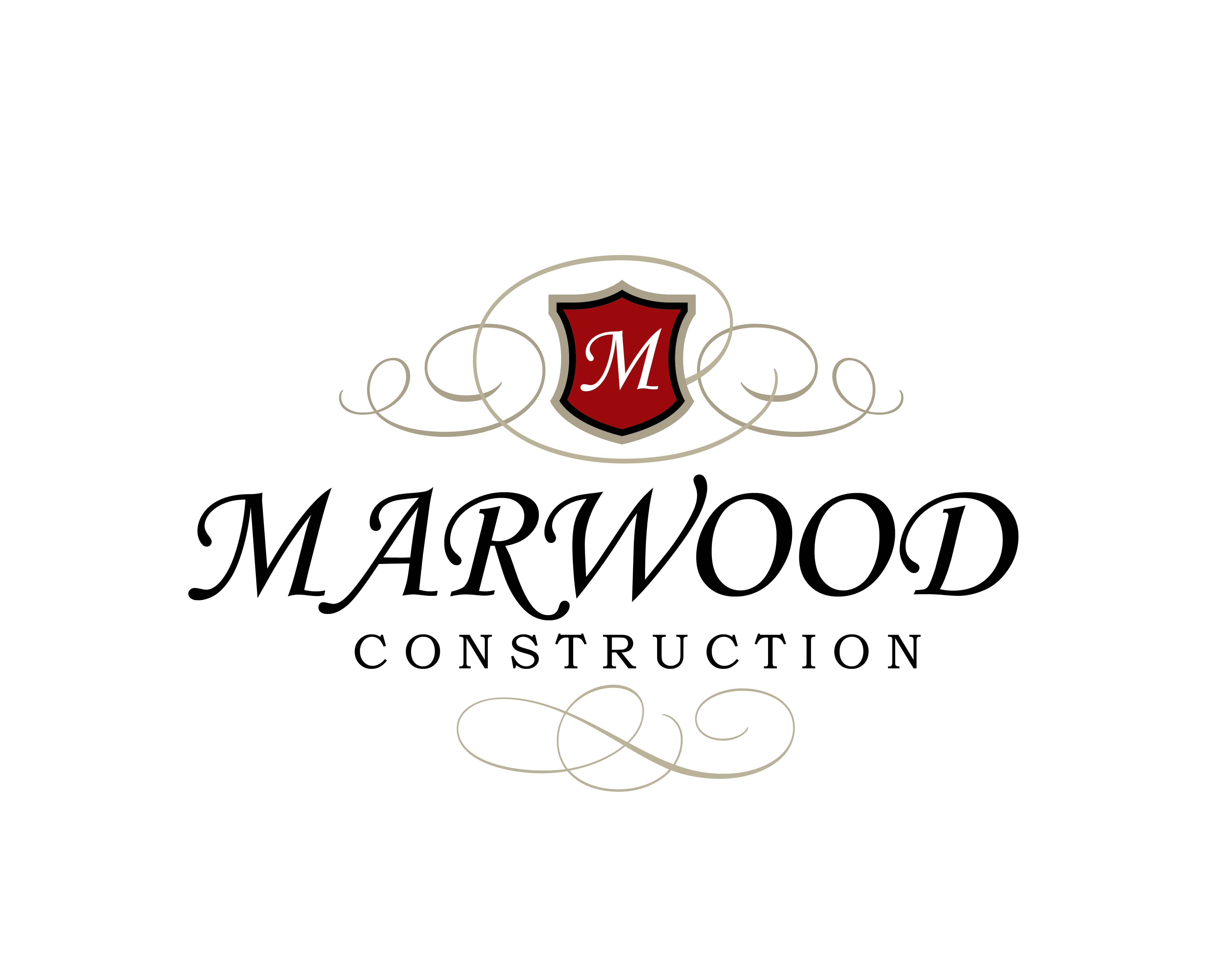
Understanding the factors that separate construction bids from construction estimating
Construction estimates are the life’s blood of a successfully executed building project. Construction estimating is used to quantify both the contractor’s bids as well as creating a benchmark for the owner’s project financing. Although it may seem to be in the owner’s interest to select the low bid construction proposal, if not carefully vetted the low bid could turn into a nightmare for both contractor and owner.
Construction cost are typically the most important financial factor in determining if an owner elects to proceed with their project. One of the most common questions an owner should understand in comparing contractors’ construction proposals is, why are there such big differences in building contractors prices?
If an owner does not understand these differences, then they effectively are making their contractor selection choice on price alone. So, is the low bid the best bid for a construction estimate?
It is widely understood that selecting a building contractor based upon price alone will normally result in less than a desirable outcome. The lowest contractors price seldom means that it is the best value.
Some of the most undesirable consequences resulting from accepting the lowest bid price proposals are operating with uninsured and unlicensed contractors. In addition, some unscrupulous building contractors can fleece owners out of their deposits, while other contractors walk away from their responsibilities during the construction process.
We will discuss the factors that separate building contractor’s prices and share why in most cases an owner gets what they pay for. The old adage applies, if the price is too good to be true, it probably is too good to be true.
We will look at the many relevant factors that need to be taken into consideration when evaluating construction estimates and construction bids.
How construction estimates are different from construction proposals
Construction Estimates Index
Large Contractors vs Single Proprietor
Construction companies who function as general contractors to perform renovations and new construction projects come in many different sizes and organizational form. Understanding the company’s composition, you are dealing with is a very important step. Regardless if it be a residential contractor or commercial contractor, the importance of preparing a proper construction proposal requires the same skills and disciplinary attention to be accurate.
A construction company should operate as a profitable business if it intends to remain a viable enterprise. That simple means that it must generate enough revenue to pay its expenses and make a profit to reinvest back into the business. If it does not make a profit or generate enough revenue, the business will cease to exist. This applies to both the single business operator and a larger business operation.
Both larger contractors and the single proprietor have different challenges to remain in business. As a self-performing and skilled tradesman, an individual craftsmen may offer his services as a sole contractor. Although he can survive on paying himself wages from the project that he may win, the self-performing tradesmen is very much at risk of having one project go badly or a job site accident causing him a financial catastrophe.
This could be a case that the proprietor is very good at his profession, but some unanticipated event happens on the job site that he is either not insured for or results in a law suit from which can never recover from financially.
So how does this place the property owner at risk? Most owners do not understand that there are enormous liabilities associated with construction contracting. One such risk is that a business owner personally conducting work is not required to maintain workman’s compensation.
If they are injured on the owner’s property during remodeling, the owner has a very probable chance of being liable. In addition, if the building contractor is at risk of his business not surviving due to these business financial exposures, he will not be around to service the warranty any faulty workmanship.
Cost of Skilled Labor
Regardless if you are a large company or a single performing proprietor, the cost of skilled labor is a significant part of any construction bid. In the world of skilled labor, the wages are based upon a combination of market supply & demand conditions, years of experience and ability to effectively manage other tradesmen. The higher the quality of tradesmen the greater the expense as a direct cost to the overall project schedule of values.
In addition, there are additional cost associated with paying direct wages other than the wages. An employer is responsible for paying federal tax burdens and employee benefits. Federal tax burdens are associated with payroll taxes such as unemployment taxes, Medicare tax and social security taxes. In addition to the tax requirements many employers pay their employees benefits such as health insurance, pension contributions and paid time off. These expenses require the contractor to pass on the cost to the owner.
These additional cost to wages can add anywhere from 25% – 50% more in real cost of wages for a construction company that is paying by state and federal employment laws. When building companies are not following the federal withholding laws and labor law guidelines they are operating at a much lower cost of labor. This gives them a decisive advantage when comparing bids.
It is not uncommon for contractors to hire subcontractors to perform the actual work. This is in effect of one building company hiring another building company. If both companies are in fact following federal labor laws, their business approach can actually lead to higher direct labor cost. This is due to both companies charging compounded gross profits.
But what often happens is that smaller contractors will hire employees as subcontractors to avoid the burden and benefit expenses. This is not a legal practice but provides the contractor a distinctive advantage in labor cost when it comes to a construction estimate.
These questionable practices can lead to owners receiving lower construction bid but not without some potential risk. Qualified skilled tradesmen are in high demand these days due to a skilled labor shortage since 2010. The better skilled trades require better wages and benefits for their services from employers.
There is a greater turnover of skilled tradesmen who work for remodeling contractors that do not pay the required burden and benefits. This means that on a larger project that there is a high probability that an owner’s job could be interrupted or greatly delayed as a result of labor turnover.
Subcontractors’ vs Self Performing
We have mentioned that construction companies either operate as a business model by hiring subcontractors or hiring employees to perform the actual project work. The differences between these two approaches are the structured legal relationships between the employer and workman. The IRS and federal labor laws clearly define the legal differences between an at will employee and a hired contractor.
These legal definitions of the structured relationship between general contractor and their workforce have little direct effect on a home owners remodel or renovation project. The actual benefits have more to do with the quality of the subcontractors or skilled trades workers of the company.
Although with that said it is widely perceived that construction companies with self performing skilled labor have a higher level of quality and reduced schedule time. This is widely believed to be associated with the general contractor having more control over these factors when the skilled labor are employees of the contractor.
The most significant risk for the owner is if their building contractor hires skilled labor subcontractors to perform the project work, that they have the proper insurance required to avoid exposure to the owner’s property.
Your general contractor may have the proper insurance, but their subcontractors may not. This causes the owners property to be exposed to unwanted risk exposure from many unintended risks that we will discuss in detail more in the following part of this article.
So, as we have discussed the contractors bid price can vary widely by the size of the company, how they pay their labor and the manner in which they structure their relationship with their workforce. In the next part we will discuss additional factors that affect the quality, workmanship and the remodeling cost that homeowners experience when exploring home remodeling.
Comparing Construction Estimates
Anyone that has accepted construction estimate proposals for a home remodeling or home renovation project will tell you that the remodeling cost can be all over the place. This often is compounded by not having design plans or specifications for the remodeling project. The absence of well-defined specifications and design plans can lead to an extremely wide range of construction estimates.
We will assume for the sake of this article that there are well defined design plans and specifications and focus our comments to the cost factors that make a risk difference for the home owners exposure when accepting the lowest bid price.
This part of the article will discuss construction elements that most homeowners do not take into account when evaluating construction cost and determining which general contractor to hire. We have discussed the impact effect of skilled labor cost, the size of the remodeling company and the differences in self-performing work or subcontracting the skilled labor work.
This section will further discuss the impact of such factors as client services, the actual cost components, insurance exposures and the technical differences between a contractor’s bid price as determined by the construction estimating.
Client Customer Care Service
Service is a critical element of any construction project. Service is often difficult to quantify through the construction proposal. Although we all can recognize excellent service when we are experiencing it, we cannot often clearly delineate these requirements before the actual project is executed.
Service means different things to different people, but we can all generally agree that in its basic form it means ensuring an effort to satisfy the client and provide honest and fair dealings throughout the project experience. Excellent client service elements that can be qualified are usually associated with good client communication and empathy.
The contractor should be setting expectations throughout the process and viewing disputes from the client’s perspective goes a long way in providing a healthy foundation for meaningful communication.
As suggested, quality client services are a cultural mindset that is embedded in the company personnel. This is implemented by the firm’s leadership as one of their company cultural priorities. This becomes an important part of the customer experience for each and every department discipline that comes in contact with a customer.
Bid Price vs Bid Estimate
One of the more confusing remodeling cost definitions is the distinction between a bid price and a bid estimate. A bid estimate is in fact just an estimate. It is typically provided when there are not design plans or documents available for defining a bid proposal. Construction estimates can also be used to develop financial feasibility for a proposed project.
Construction estimates are helpful for a customer qualifying a financial “go”- “no go” for a project. A contractor’s bid price is generally associated with a formal proposal to contract. The proposal is conditional upon specific scope of work normally found in the bid documents.
The owner should pay specific attention to hybrid proposals that are lacking the required bid documents. These types of proposals present the general contractor with real challenges to qualify and quantify the contractors bid proposal specifics of the projects.
Unfortunately, these types of bids can be abused by building contractors causing project construction cost overruns to the owner. This is due to the lack of proper pre-construction documents or poorly prepared specifications.
The risk of a construction estimate for the homeowner is that there are no guarantees that that the actual construction cost will not escalate. The lack of defined products and material can result in costly disagreements and misunderstandings.
Most construction estimates are based upon a condition of performance like replace / repair or some form of quantity such as a unit price. Either of these qualifying conditions can change in cost magnitude during the project.
Construction Cost Components
The general contractor’s construction cost is composed of material, labor, overhead and profit. Each of these cost components is an essential part of the developing the project price for the customer. Without each cost component being compiled correctly the construction contractor will likely loss money. This can have huge consequential effects on the owner’s project.
The general contractor will likely provide inferior products and materials or/and substandard trade labor. This can result in the owner electing to terminate and sue the contractor in court. This can also result in the general contractor walking away from the project, leaving the homeowner with an incomplete project and likelihood of being upside down on their construction cost.
The importance of understanding the general contractors pricing exercise for the owner is to realize that there are some standards for requesting bids from qualified general contractors. The first is that your bids should be well within 10% of each other. This is due to the fact that most contractors are attempting to make a net profit in the 10% area.
If there are construction bids that are largely outside of this range, there are likely to be issues associated with the contractor’s estimate. On multiple bids, large contractor price variances should be another sign that there are indeed problems with either the construction contractor’s bids or the completeness of the construction documents. These are only a few examples that make shopping for just a contractor’s price an untrustworthy exercise.
Amateur’s vs Professionals
Another distinguishing feature that separates contractors is the difference between dealing with a professional general contractor and an amateur. A professional contractor will belong to trade associations, be an active member in the community and continue to take professional continued education courses. A professional concern themselves with their firm’s reputation. When there are the enviable disputes with clients, the professional strives to resolve them equitably.
There are also differences in the day-to-day activities in dealing with a professional versus an amateur. Professional construction contractors will communicate openly discuss expectations with a client. They will discuss possible design plan problems and anticipated construction issues. If an owner takes the time to properly investigate their general contractors before they hire one, it should be apparent if you dealing with a professional or amateur.
Insured vs Uninsured
Contractor insurance should always be a serious consideration when measuring home improvement contractors. Allowing a contractor to perform home improvements without insurance can have some extreme financial consequences. Many homeowners figure that allowing the contractor to perform their work at their home without insurance is in fact savings them money. That if contractor does not have to pay for insurance that this will make their project cheaper.
The first thing is that general liability insurance is very cost affordable. It covers many consequential damages that result from the contractor’s work causing residual damage to a client’s property. Without general liability insurance, if the contractors plumbing improvements flooded your wood floors, that you would not get stuck with the replacement cost when the homeowners insurance refused to pay the claim.
The other more costly insurance supplements are when your contractor is requested to carry workman’s compensation and builders risk insurance. These insurances are not as well publicized as the other must have protection like general liability. If a contractor does not have workman’s compensation and a workman gets injured while working on the property, the owner can find themselves financially responsible for the incident.
Builders risk is a full coverage insurance coverage of the client’s property during construction. This type of insurance covers a greater amount of direct hazards that might occur during construction then general liability would.
Conclusion
There are many factors that play a significant role in a general contractor’s construction estimate and construction bid. You will be rewarded by conducting a thorough research of the building contractors you are considering on hiring. As we have pointed out, hiring your professional contractor by price alone can cost you far more then you actual expected to save.












